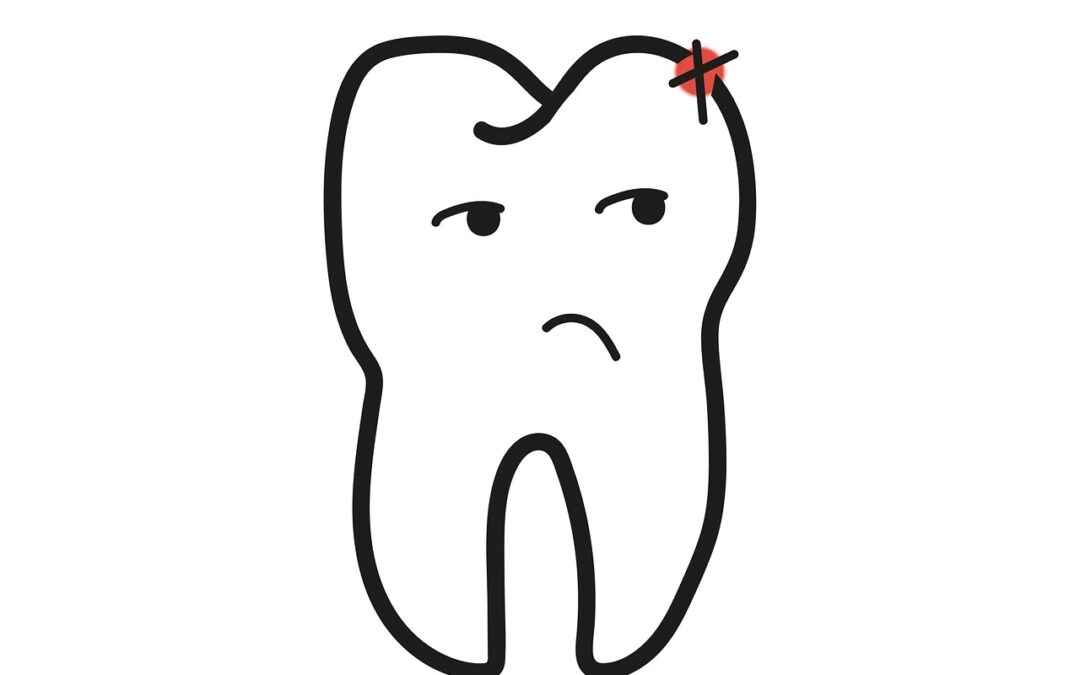According to the Migraine Foundation, one billion people around the world suffer from migraines. Although migraines are not a particular oral disease, they can be linked to tooth pain or other conditions that cause facial or oral pain. Find out what a migraine is, and what conditions may be associated with it. Find out who to contact if you feel pain in your neck.
What is a migraine?
The Migraine Research Foundation stresses that a migraine can be more than just a headache. It’s also a neurological disorder.
A headache is a sign of migraine. It can cause severe pain on one or both of your sides. However, some people don’t experience headaches but have other symptoms.
Migraine sufferers with chronic migraines can use
- You might experience nausea, dizziness or vomiting, facial tingling, numbness, or nausea during an episode. This can last from four hours up to three days.
- Migraines can affect up to 15 days per calendar month
- Multiple days off work or school missed
- Other conditions like depression and anxiety can increase the chance
A migraine can be triggered by many factors including lifestyle, environmental factors, weather, hormones and medications.
What is the Migraine-Toth Pain Connection?
The head, including the jaw and face, is called orofacial. ), neck, and the oral cavity (teeth or gums), These orofacial conditions can trigger migraines. The American Migraine Association also notes that migraines can be triggered by certain conditions, such as stress.
Temporomandibular joint disorder (TMJ).
TMJ (HTM0_ Temporomandibular Joint Disorder) is a condition in which the modified socket and ball joint that connects your upper and lower jaws doesn’t work properly. The main function of the joint is to move your lower jaw forward, backward, and side-to-side. TMJ can cause your jaw to click and pop or become stuck temporarily.
The following symptoms of TMJ include:
- Migraines or severe headaches
- Clicking and popping sounds
- Tendible jaw muscles
- Toothaches and earaches
TMJ can be diagnosed by your dentist and you will receive treatment for jaw pain. You can reduce the symptoms of muscle tension and any headaches that may accompany it.
You can also use to alleviate or manage TMJ pain by avoiding excessive chewing (such chewing gum), regular exercise and massaging your jaw.
Teeth grinding and clenching
You may experience bruxism while you’re asleep, or even throughout the day. Stress, misaligned teeth or nerve and muscle diseases can all lead to bruxism.
Bruxism symptoms may include:
- Morning headaches
- Migraines
- Night sounds of grinding
- Tight jaw muscles
- Tooth pain can be caused by cracked or broken teeth
For a diagnosis, consult your local Rancho Cucamonga Dentist if you have any symptoms. Dental bruxism can be solved by your dentist. They will adjust your alignment and fit you with an anti-grinding guard.
Professional counseling, relaxation techniques and prescription medication can all be used to treat stress-related bruxism.
Toothaches
Migraines can occur when the stress and pain caused by a toothache is too severe. As we mentioned earlier, migraines can cause dental pain. This could be due to nerve damage.
A dentist can help if the root cause of your headaches is a tooth or gum problem. If the dentist does not find any tooth decay or gum disease they will refer you to a neurologist to diagnose if you have headaches.
A migraine can cause tooth pain, jaw pain and headaches as well as facial pain. We don’t want to you just accept the pain. To determine if the problem is an oral one, consult your local Rancho Cucamonga Dentist. The dentist can treat the problem or refer you to a specialist. We want you to feel better, to smile more.

